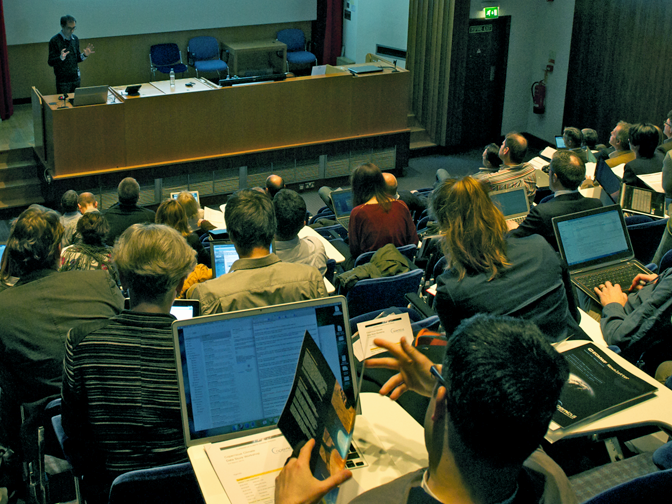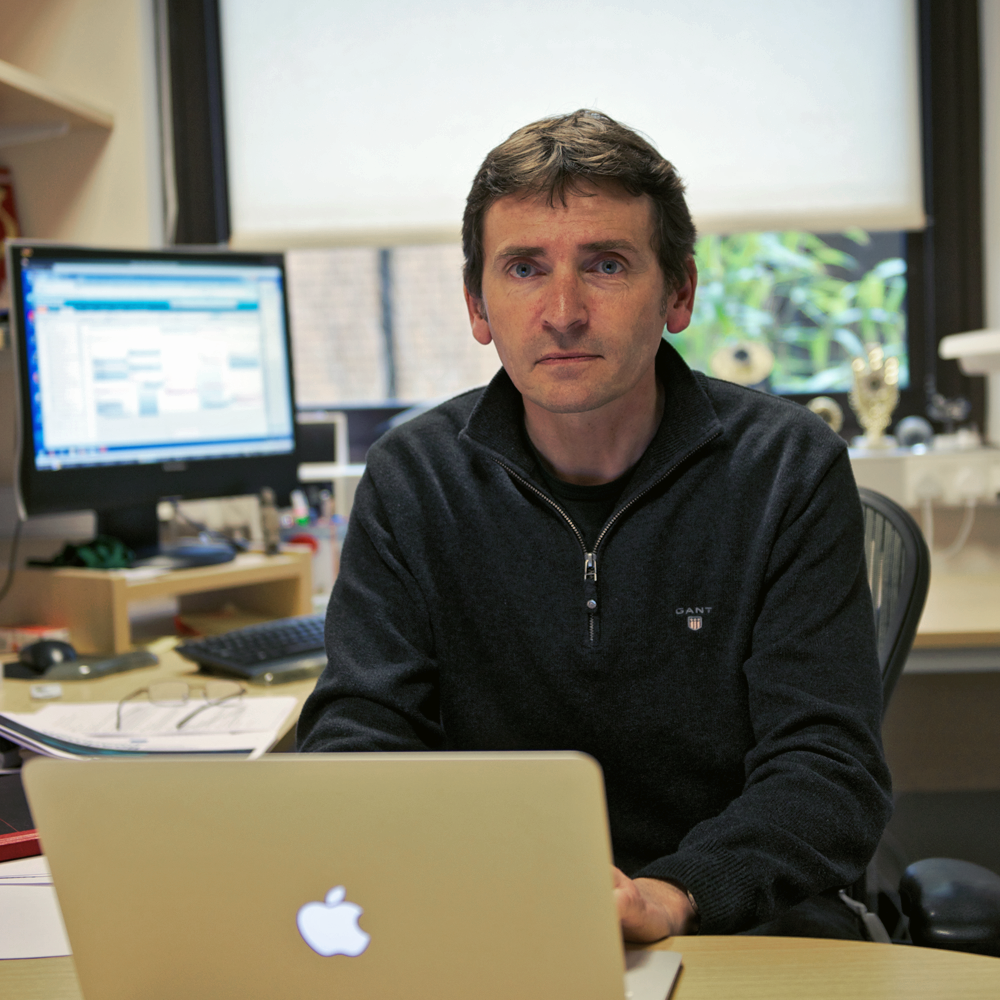

An international workshop on a planned Climate Data Store hosted by ECMWF last week provided a first opportunity for different stakeholders to discuss the best way forward on the project.
More than 70 participants from European institutions, national meteorological services, research institutes and companies in 19 countries came together from 3 to 6 March in what was the first workshop in a series of four.
The Climate Data Store (CDS) will be at the heart of the EU-funded Copernicus Climate Change Service (C3S), which is being implemented by ECMWF.

Speaking at the end of the workshop, Head of Copernicus Climate Change Service Jean-Noël Thépaut commented that “this first event is a milestone for C3S as it is the very first workshop engaging the community since the signing of the delegation agreement with the European Commission. This workshop has been a great opportunity for us and the participants to better define the requirements of a wide variety of users, to hear about existing solutions and their strengths and weaknesses, to identify gaps, and to discuss ways to address them."

Jean-Noël Thépaut is the Head of the Copernicus Climate Change Service at ECMWF
He added: “We saw a number of very impressive web portals dealing with climate information, showing that C3S can build upon existing capabilities and provide an enhanced service at European level. Another important element is the need to tailor the CDS and associated portal functionalities to the wide potential user base of C3S, from European DGs to climate scientists and SMEs. The working groups have been extremely helpful in advising on key aspects for the development of the CDS, such as co-design, toolboxes, standards and required interoperability.”
“Make the data relevant”
Ned Gardiner from the US National Oceanic and Atmospheric Administration (NOAA), who gave a presentation on the US Climate Resilience Toolkit, emphasized the need to connect with users.

Ned Gardiner said the service should connect with the values of its users
While it is “never a mistake to just provide the data”, the real challenge is to enable users to “gain meaning” from the material, said Ned, who has long worked in the field of climate data visualization. It is important to “make the data relevant to people,” he feels, and one way of doing this is to “connect with people’s values”.
How best to reach the target audience will depend on the cultural context, and the way C3S is delivered to European audiences may well end up being different from the approach taken in the US, Ned believes.
Trond Iversen, Assistant Research Director at MET Norway, agrees that “the key word is relevance”. “Access to quality-assured data which are relevant for each user’s needs is very important for C3S to be successful,” he said.

Trond Iversen said the key word was “relevance”
“Any user who needs to take into account potentially adverse impacts of weather, sea-state, sea level in their planning for the coming decades should ideally have as much relevant data as possible and nothing more,” according to Trond.
The series continues with a workshop on climate projections, to take place in Reading from 20 to 21 April, followed by a workshop on climate communication to take place in mid-June in Brussels, and then climate observation requirements from 29 June to 3 July.
ECMWF is also implementing the Copernicus Atmosphere Monitoring Service (CAMS). C3S and CAMS are two of the six services which make up the EU’s Copernicus Earth Observation Programme.
